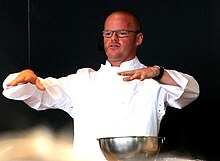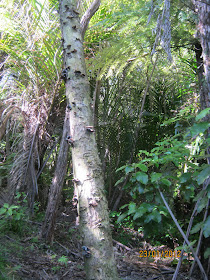


I am rather a laggard in experimenting in this exercise of turning garbage into Enzyme.
In
2009, I visited Malaysia and Singapore and I was introduced to making a
multi purpose cleanser. A friend whose husband is a university
professor gave me some leaflets of information of how a Thai inventor
had started this. I was naturally sceptical. What good can come out of a
third world country like Thailand.
Recently, I was
talking to my sister E who had just retired as a school principal. I was
telling her about my over abundance of plums from my plum trees. We
talked about Enzyme, and she was very happy with hers. She said her
floor was very clean after using it. I felt convinced to give it a try.
Here it is.
The proportion is 1 part brown sugar, 3 parts fruit and/or vegetable waste, 10 parts of water.
Steps:
1: Mix sugar with water, add the fruit/veg, orange/lemon peels will give a nice citrus smell.
2: Fill in air tight plastic containers/bottles, leaving about 2 inches for fermnetation.
3: Store in a cool, dry and well ventilated area.
4: Do not put it where there is direct sunlight.
5: After the first week, slowly open the cap to release gas, be sure not to shake the bottle.
6: Push the floating veg downward every once in a while.
7: Ferment for at least 3 months.
8: Filter and it is ready for use. You get a brownish fluid.
9: The solids can be put in the garden as fertiser. Some people recycle this to restart a new batch.
10: Add about 1 tablespoon to your normal washing solution.
****************
I made my batch, and am using it. The dishes are less oily, but it could be pyschological.
I
asked my friends in Malaysia, one told me an interesting use, her
husband sprays it in her bird cage, and gives the cage a good smell.
Some
people make a lot of claims about being environmentally friendly and
saving money. I don't know about saving money, because you spent quite a
bit on the brown sugar. Environmentally friendly, perhaps, since you
reduce the use of detergent. I am still experimenting, I have started a
batch with my apples.
Please give me your opinion.
 http://reducefootprints.blogspot.com/
http://reducefootprints.blogspot.com/












































